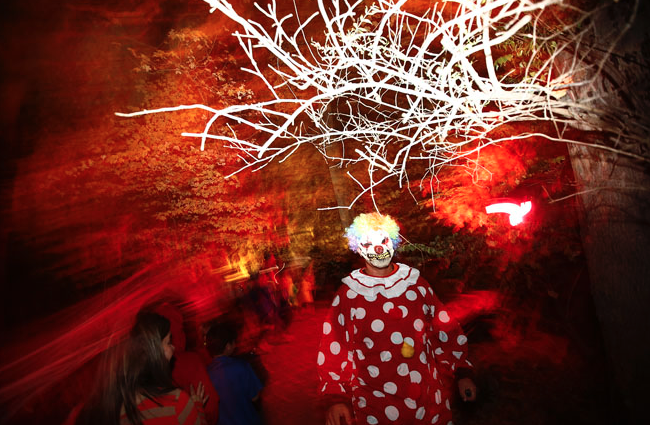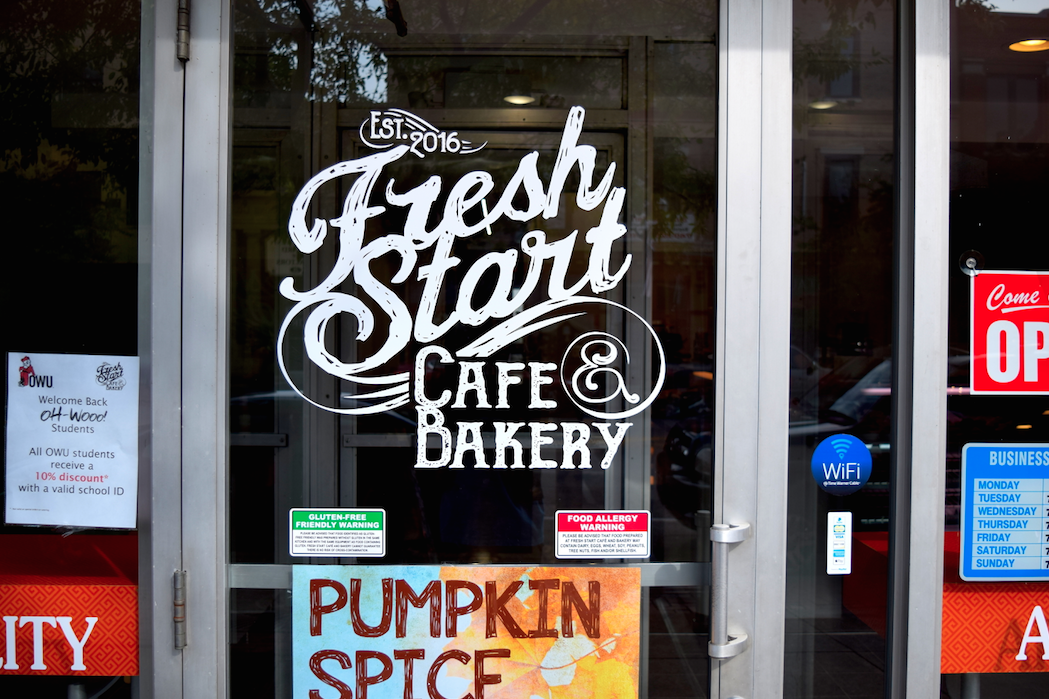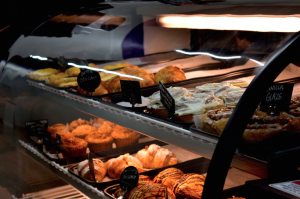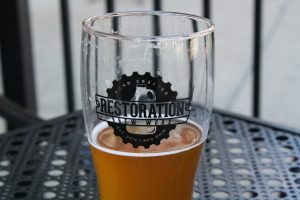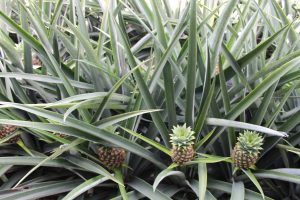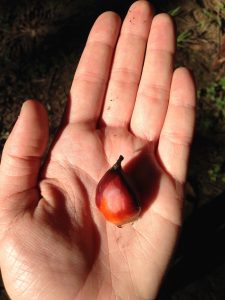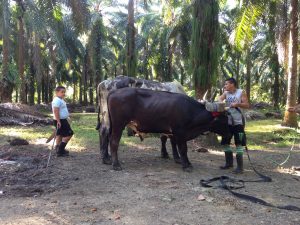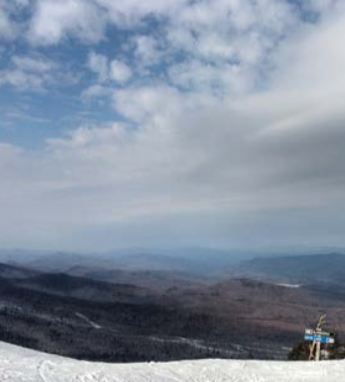By Transcript Staff, Transcript Staff
In June 2015, when Donald Trump, former American game show star, announced his candidacy, it was considered a joke, or at least questioned. But little did we know 17 months later in the wee hours of the morning of Nov. 9 2016, he would become the 45th president of the United States.
As we covered election day results, the news of Trump win- ning at almost 3 a.m. shocked The Transcript office.
Leading up to election day, Trump was not the crowd favorite on Ohio Wesleyan’s campus, losing 45-122 to Hillary Clinton in mock voting organized last week by the Student Involvement Office.
Delaware county’s results sadly did not reflect the same, with Trump winning by 16.1 percent votes. This is the most unpleasant voting result since Brexit this summer.
We all know the famous rhetoric, “I am moving to Canada, if *insert name here* becomes president.”
Many people took that as a joke to express their discontent with the candidates. It no longer is one. Case in point, Canada’s website of immigration and citizenship promptly crashed as results showed Trump’s electoral votes largely outnumber Clinton’s.
Throughout his campainging, Trump repetedly echoed that if elected, he would “make America great again.” He also said, until the very last day, he will not accept the results if he loses, a disgraceful stance to take by a nominee.
A president-elect who brags about sexual assault, spews hate on immigrants in a nation built on immigrants, and talks of the possibility of physical walls, is worryworthy and concerning to The Transcript staff. And we are not alone.
Within less than 24 hours of results being announced, protes- tors have taken to the streets “from South California to the east coast,” according to USA Today.
The only demographic not insulted or disgraced by Trump is white men. It is worth noting that Clinton did in fact win the popular vote by 224,785 votes, while over 15,000 voters chose to vote for Harambe, the dead gorilla. Let that sink in.
In the third and final debate, he casually called Clinton a “nasty woman.” And even if we look past his blatant remarks, his policy promises are concerning.
He vowed to fight “radical Islam,” which he sees as a direct correlation to terrorism. The last we checked, the American Dream did not stigmatize against a religion.
Trump’s presidency is the personification of white supremacy, xenophobia, homophobia and sexism. Delaware resident of 43 years, Dawn Smith in an interview with The Transcript said “Clinton has my vote, but she will not win. She’s a woman … Women are not the head.”
Smith is not alone. Trump’s presidency has clealry shown that no matter how twisted a candidate may be, it’s a lot easier for the while male presidency trend to prevail.
This was a long night of political coverage that ran neck and neck all night. It wasn’t until Clinton called Trump at 2:30 a.m. to concede from the race, that it became official.
Trump lovers and haters were quickly segregated into their respective sides once the results were out as social media opin- ions and creative hashtags were strewed across timelines world-wide.
Between watching election results come in live at the Delaware County Board of Elections and actively hosting radio shows with OWU Radio, the election finally coming to a halt has not even hit us yet.
